Stage 1: Active Range Of Motion Component
Stage 1 focuses on helping the client to restore range of motion and eliminate compensation patterns.
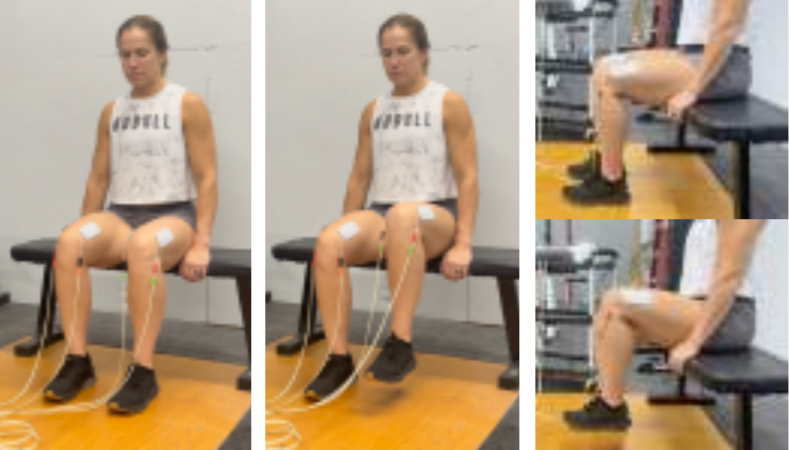
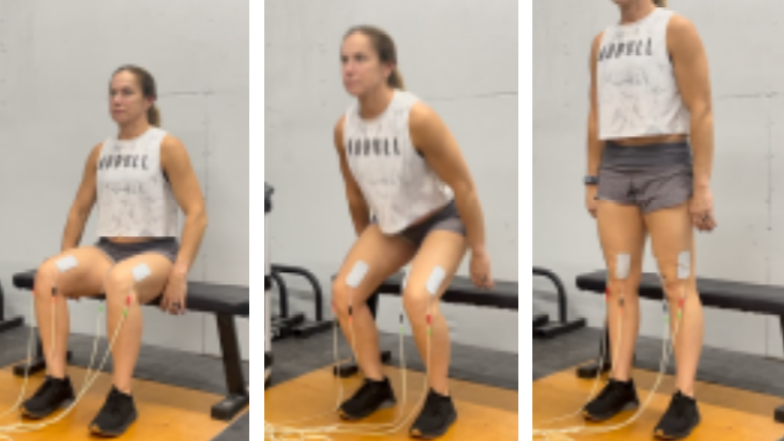
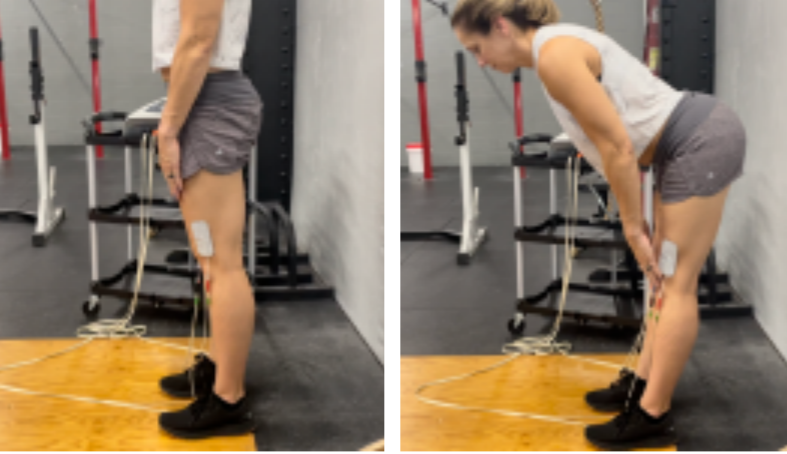
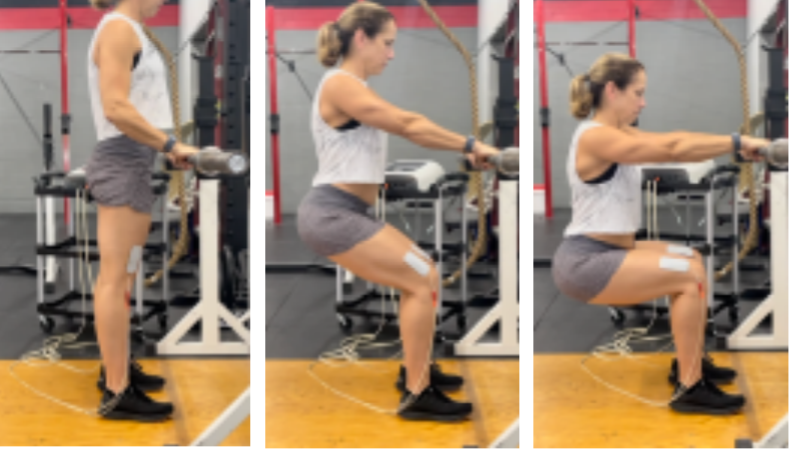
Stage 2: Yielding Isometric Component
Stage 2 focuses on building strength and endurance at the most extreme joint angles. When we build strength and endurance here, the body learns to utilize muscles appropriately through the entire range of motion, even in the fatigued state.
5. Assisted Squat Isometric
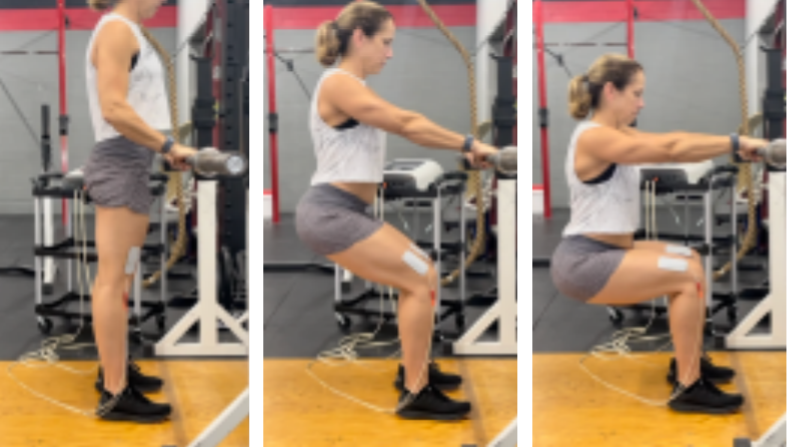
6. Isometric Wall Squat:
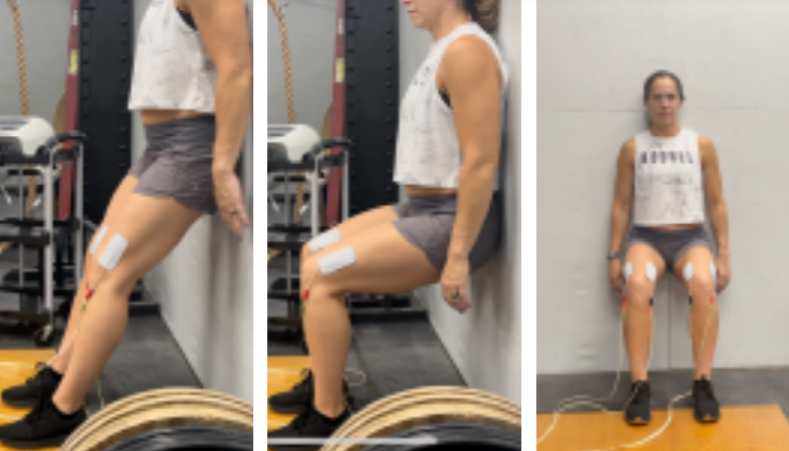
7. Standing Glute Ham Isometric
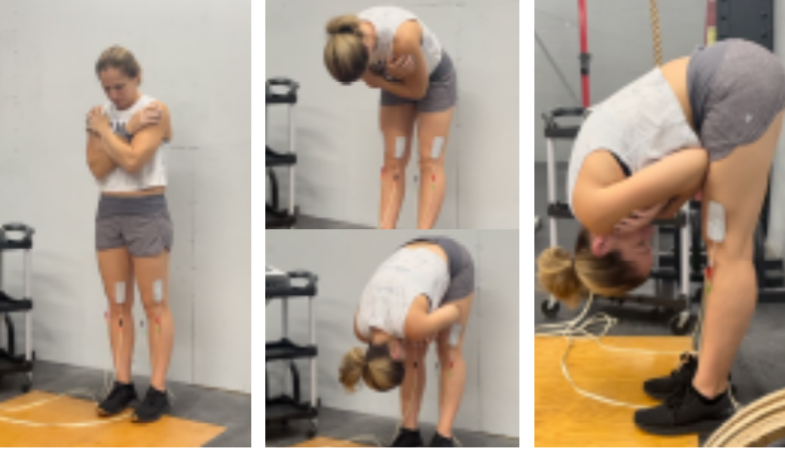
8. Isometric Lunge: The isometric lunge is probably the most difficult exercise of anything we perform with our athletes, particularly after an ACL injury. The back leg forces one of the big power producers of the quad, the rectus femoris, to load in a lengthened position. After an ACL injury, the body tries to decrease the use of the rectus femoris, so this is an important exercise to train.
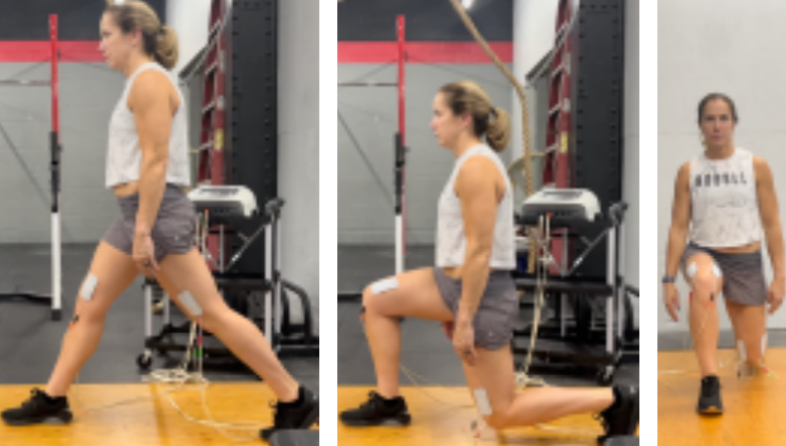
Wrap-Up

You could spend hours doing your own research on ACL prehab, but we’ve already done it for you. Get instant access to this free guide that includes prehab safety guidelines, goals you’ll need to hit, and the exercise programs that will help you get there. This is the most comprehensive ACL prehab guide on the planet.







